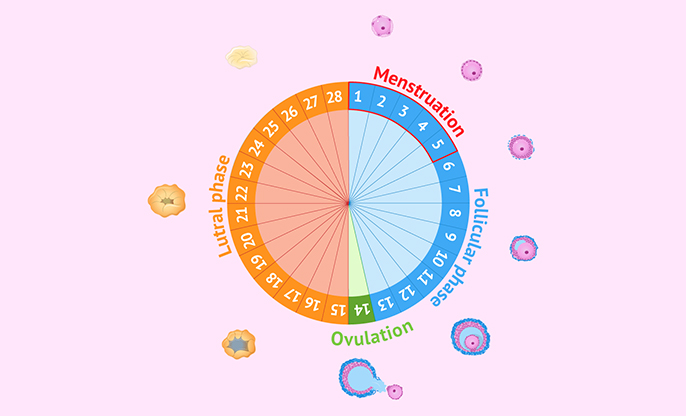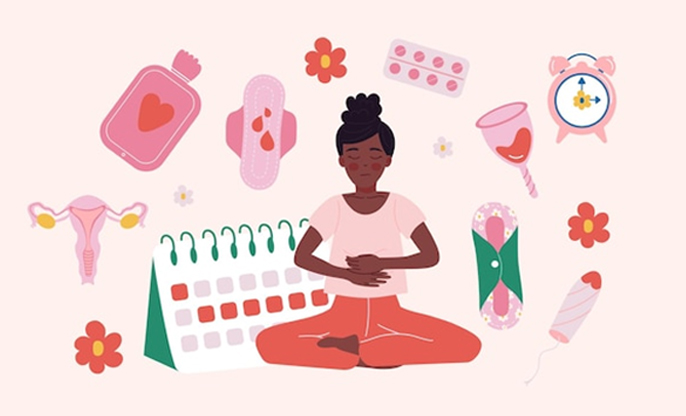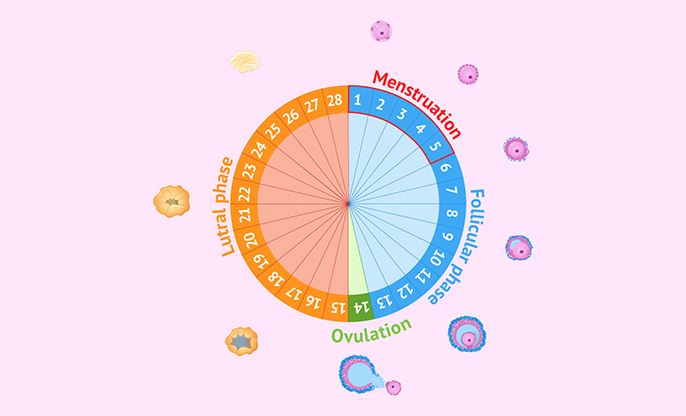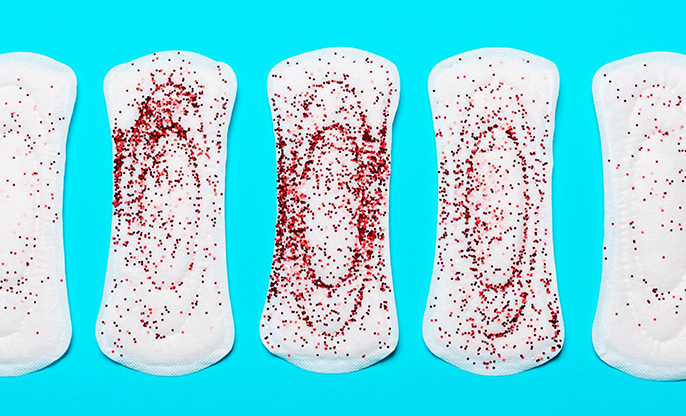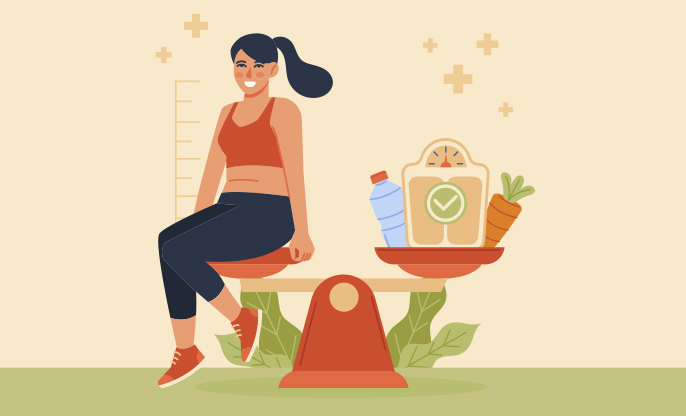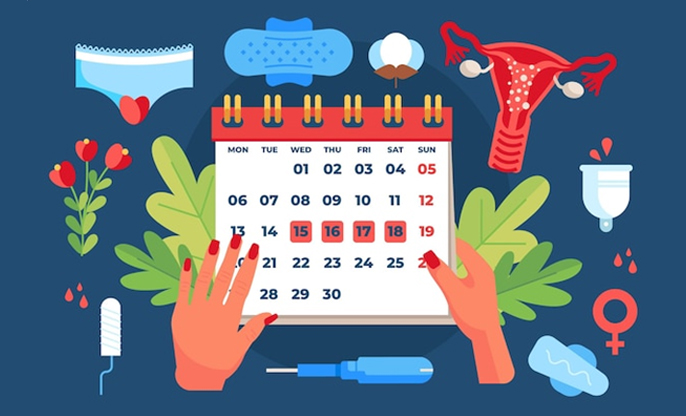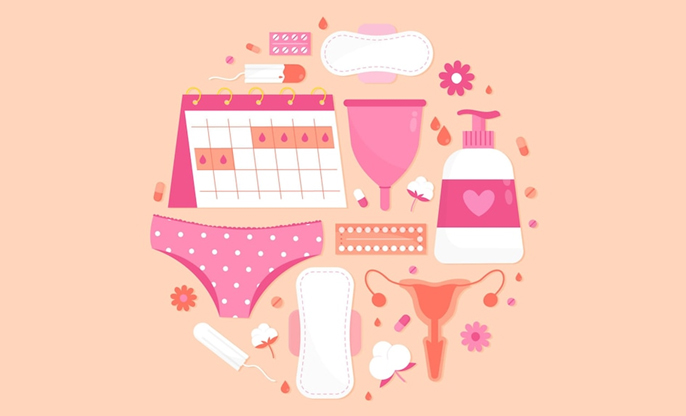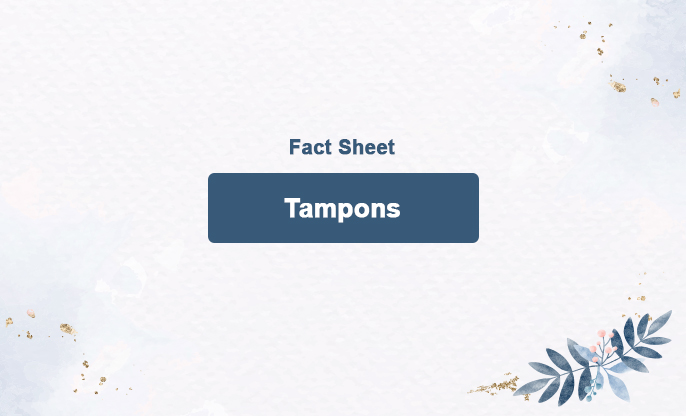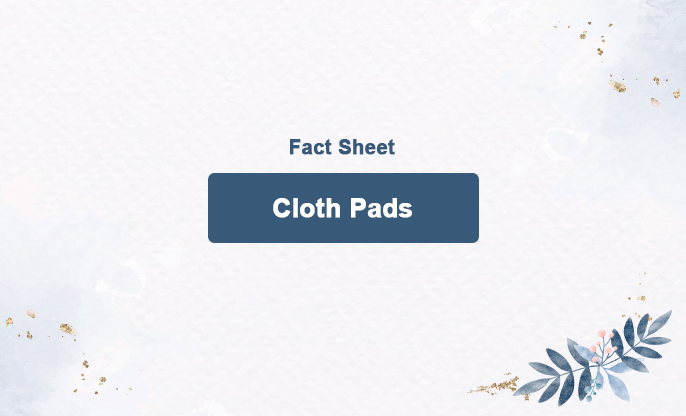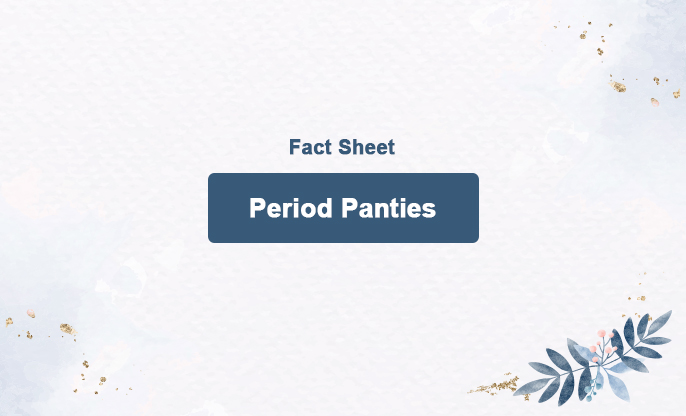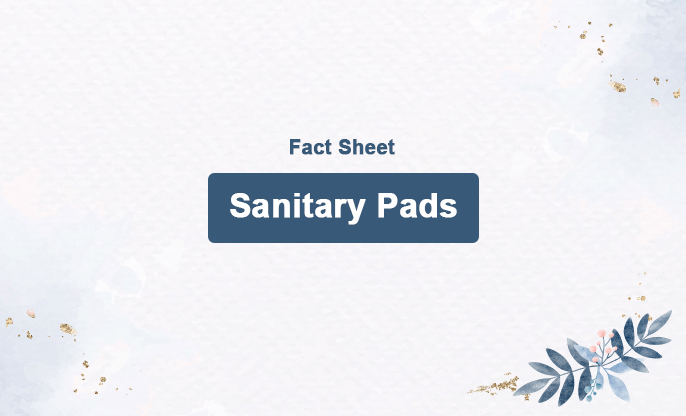
What is this?
A sanitary pad or a sanitary napkin is an absorbent item used by a woman while she is menstruating or in any other situation where it is necessary to absorb a flow of blood. It also serves to protect clothing and furnishings. Main functions of sanitary pads are to absorb and retain menstrual fluid, isolate fluids from the body, ensure no leakage and no odor. Pads come in different sizes — they can be thin for when you’re not bleeding much (pantyliners), regular, or thick for heavier bleeding (“maxi”, “super”, or “extra heavy” pads).
What is it made of?
Sanitary pads are made of Super Absorbent Polymer (SAP) as an absorbent material, with Polyethylene (PE) for back cover. This made it waterproof. The polypropylene top sheet keeps it dry. Today's sanitary pads are almost entirely made from plastic material. Only a few materials are natural. Polymers in sanitary pads are non-biodegradable material. This causes many serious problems. When these pads are flushed, they block sewage lines as these chemicals absorb all the water in the sewage line.
How to use it?
Most pads have a sticky strip on the bottom. You peel off the paper strip that covers the adhesive and press the pad into the crotch of your underwear. If the pad has wings, you wrap these around the bottom of the crotch. To remove the pad, unstick it from your underwear and wrap it in toilet paper. Change your pad every few hours, or when it's soaked with blood.
Pros and Cons:
Pros
No leakage, no unaesthetic appearance or color, no odor, no noise, stay in place,
comfortable to wear, and maintain hygiene.
Affordable
Easy to use
Support women during menstruation
Cons
Disposing used sanitary pads causes occupational hazards for waste pickers who use their bare hands to sort out garbage. This is a health hazard. The common practice is to incinerate used sanitary pads. This releases dioxins and furans, creating an environmental hazard.
Pads Have Scents and Other Chemicals in the Fibers. And can cause “Period rash” which is a form of contact dermatitis, and is a close relative of diaper rash.
Research has shown that most pads contain high levels of harmful chemicals that are known to cause damage to your reproductive system, including:
Di-n-butyl phthalate
Di-2-Ethylhexyl phthalate
Xylene
Toluene
Methylene chloride
